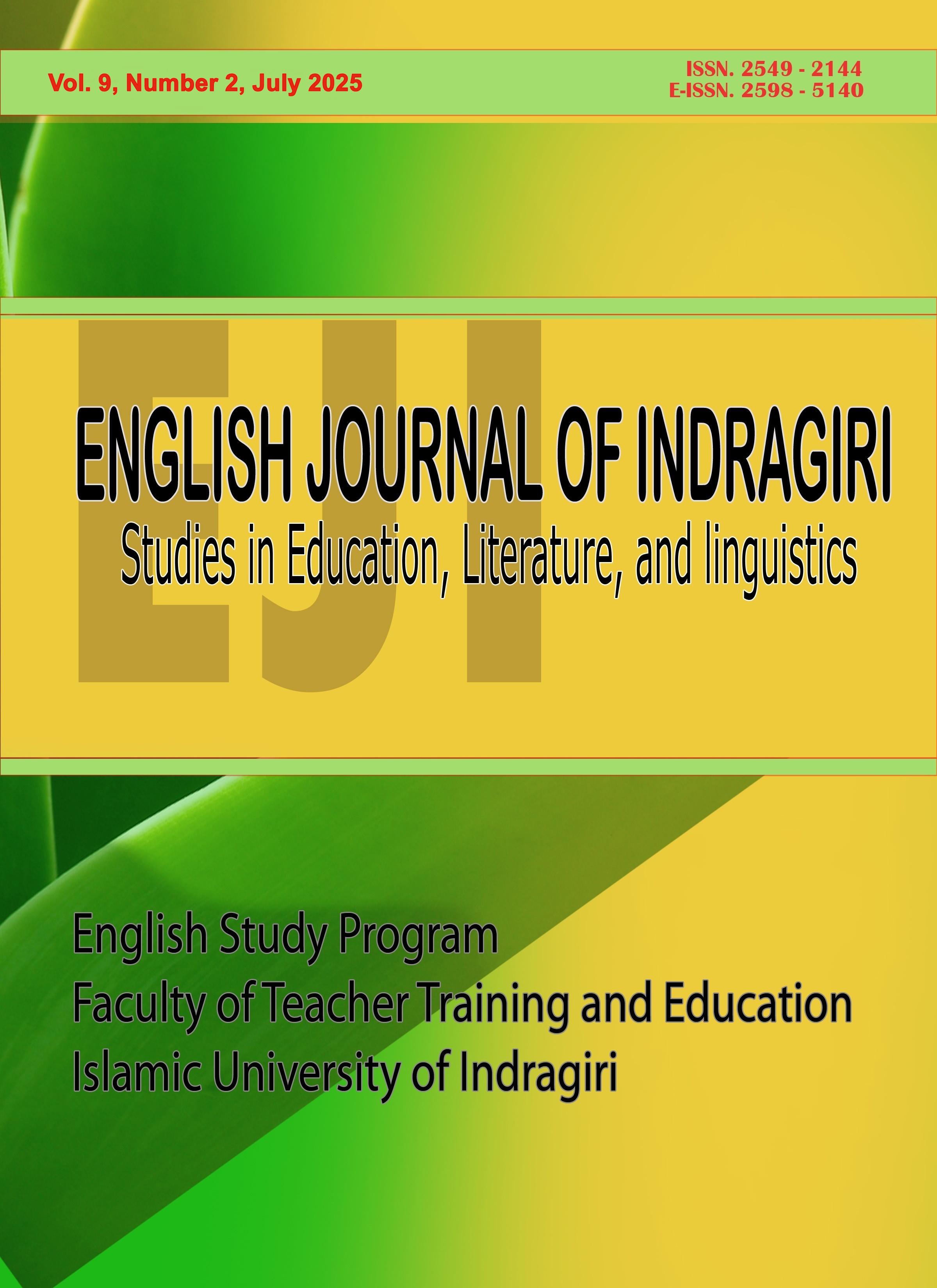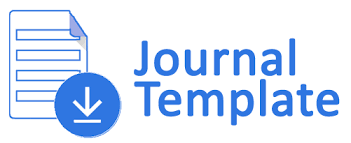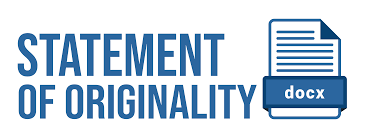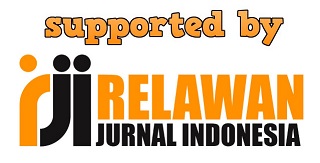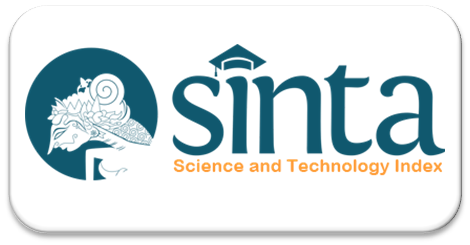The Types and Structures of Lexical Bundles in Each Section of the Communications and Linguistics Academic Articles
DOI:
https://doi.org/10.61672/eji.v9i2.2989Keywords:
Academic writing, communications, lexical bundle, linguistics, Corpus linguisticsAbstract
Considering its important role in applied English Linguistics, several authors have studied lexical bundles (LBs). The previous studies mainly compared the LBs between genres and among native and non-native speakers. There has yet to be any study that combines the LBs from each section of the same academic writing and the LBs of two related disciplines. This study investigates the types and structures of LBs in three rhetorical sections—Introduction, Materials and Methods, and Results and Discussion—of academic articles in the fields of Communications and Linguistics. A corpus of 3,753 journal articles (1,563 in Communications and 2,190 in Linguistics) was compiled from PLOS ONE using AntCorGen, and analyzed using AntConc Sowftware. Extended lexical bundles (four- to six-word sequences) were extracted based on frequency and dispersion thresholds. TThis study found that the variation of LBs is not only different by disciplines but also by the sections. The cooccurrence of LBs in Communication Introduction and Method is less compared to Linguistics. LBs in Communication suggest a more straightforward and clear method of conveying information. Meanwhile, Linguistics shows complexity competence and greater engagement with abstract concepts and specialized vocabulary. The trends of dominant LB structure in every section are preposition and noun-based LBs, which have higher writing quality and complexity. The study expected to highlight the importance of LBs in academic writing.
References
Ädel, A., & Römer, U. (2012). Research on advanced student writing across disciplines and levels: Introducing the Michigan Corpus of Upper-level Student Papers. Römer, U, 3–34.
Appel, R., & Wood, D. (2016). Recurrent Word Combinations in EAP Test-Taker Writing: Differences between High- and Low- Proficiency Levels. Language Assessment Quarterly, 13, 55–71.
Banerjee, S., & Pedersen, T. (2003). The design, implementation, and use of the Ngram statistics package. Lecture Notes in Computer Science, 2588, 70–381.
Benelhadj, F. (2018). Discipline and genre in academic discourse: Prepositional Phrases as a focus. Journal of Pragmatics, 190–199.
Biber, D. (2006). University Language: A corpus-based study of spoken and written registers. John Benjamins Publishing Company.
Biber, D., & Gray, B. (2016). Grammatical Complexity in Academic English. Cambridge University Press.
Biber, D., Johansson, S., Leech, G., Conrad, S., Finegan, E., & Quirk, R. (1999). Longman grammar of spoken and written English. Longman.
Bychkovska, T., & Lee, J. J. (2017). At the same time : Lexical bundles in L1 and L2 university student argumentative writing. Journal of English for Academic Purposes, 30, 38–52. https://doi.org/10.1016/j.jeap.2017.10.008
Chen, Y.-H., & Baker, P. (2010). Lexical bundles in L1 and L2 academic writing. Language Learning & Technology, 30–49.
Cortes, V. (2004a). Lexical bundles in published and student disciplinary writing: Examples from history and biology. English for Specific Purposes, 23(4), 397–423. https://doi.org/10.1016/j.esp.2003.12.001
Cortes, V. (2004b). Lexical bundles in published and student disciplinary writing: Examples from history and biology. English for Specific Purposes, 397–423.
Cortes, V. (2008). A comparative analysis of lexical bundles in academic history writing in English and Spanish. Corpora, 3(1), 43–57. https://doi.org/10.3366/E1749503208000063
Cortes, V. (2013). The purpose of this study is to: Connecting lexical bundles and moves in research article introductions. Journal of English for Academic Purposes, 12(1), 33–43. https://doi.org/10.1016/j.jeap.2012.11.002
Durrant, P. (2015). Lexical Bundles and Disciplinary Variation in University Students’ Writing: Mapping the Territories. Applied Linguistics, 1–30.
Esfandiari, R., & Barbary, F. (2017). A contrastive corpus-driven study of lexical bundles between English writers and Persian writers in psychology research articles. Journal of English for Academic Purposes, 29, 21–42. https://doi.org/10.1016/j.jeap.2017.09.002
Fuster-Márquez, M. (2014). Lexical bundles and phrase frames in the language of hotel websites. English Text Construction, 84–121.
Grabowski, Ł. (2015). Keywords and lexical bundles within English pharmaceutical discourse: A corpus-driven description. English for Specific Purposes, 38, 23–33. https://doi.org/10.1016/j.esp.2014.10.004
Greaves, C., & Warren, M. (2010). What can a corpus tell us about multi-word units? . In A. O’Keeffe & M. McCarthy (Eds.), The Routledge Handbook of Corpus Linguistics (pp. 212–226). Routledge.
Gungor, F., & Uysal, H. H. (2016). A Comparative Analysis of Lexical Bundles Used by Native and Non-native Scholars. English Language Teaching, 9(6), 176. https://doi.org/10.5539/elt.v9n6p176
Hyland, K. (2008). Academic clusters: Text patterning in published and postgraduate. International Journal of Applied Linguistics, 41–62.
Hyland, K. (2012). Bundles in Academic Discourse. Annual Review of Applied Linguistics, 32.
Johnston, K. M. (2017). Lexical bundles in applied linguistics and literature writing: A comparison of intermediate English learners and professionals Master’s thesis. Portland State University.
Kwary, D. A., Ratri, D., & Artha, A. F. (2017). LEXICAL BUNDLES IN JOURNAL ARTICLES ACROSS ACADEMIC DISCIPLINES. Indonesian Journal of Applied Linguistics, 7(1), 131. https://doi.org/10.17509/ijal.v7i1.6866
Li, L. (2016). Sentence initial bundles in L2 thesis writing: A comparative study of Chinese L2 and New Zealand L1 postgraduates’ writing . University of Waikato.
Li, L., Franken, M., & Wu, S. (2020). Bundle-driven move analysis: Sentence initial lexical bundles in PhD abstracts. English for Specific Purposes, 85–97.
Mahlberg, M. (2007). Corpus stylistics: bridging the gap between linguistic and literary studies. In M. M. Hoey, M. Mahlberg, Stubbs, & W. Teubert (Eds.), Discourse and Corpora (pp. 219–246). Continuum.
Ong Sook Beng, C., & Yuen, C. K. (2015). Functional Types of Lexical Bundles in Reading Texts of Malaysian University English Test: A Corpus Study. GEMA Online Journal of Language Studies, 15(01), 77–90. https://doi.org/10.17576/GEMA-2015-1501-05
Pan, F., Reppen, R., & Biber, D. (2016a). Comparing patterns of L1 versus L2 English academic professionals: Lexical bundles in Telecommunications research journals. Journal of English for Academic Purposes, 21, 60–71. https://doi.org/10.1016/j.jeap.2015.11.003
Pan, F., Reppen, R., & Biber, D. (2016b). Comparing patterns of L1 versus L2 English academic professionals: Lexical bundles in Telecommunications research journals. Journal of English for Academic Purposes, 21, 60–71. https://doi.org/10.1016/j.jeap.2015.11.003
Pang, W. (2010). Lexical bundles and the construction of an academic voice: A pedagogical perspective. Asian EFL Journal , 10–11.
Pawley, A., & Syder, F. H. (2013). Two Puzzles for linguistic theory. In J. C. Richards & R. W. Schmidt (Eds.), Language and Communication . Routledge.
Qin, J. (2014). Use of formulaic bundles by non-native English graduate writers and published authors in applied linguistics. System, 42, 220–231. https://doi.org/10.1016/j.system.2013.12.003
Schmitt, N., & Carter, R. (2004). Formulaic sequences in action: An introduction. In Formulaic Sequences: Acquisition, processing and use (pp. 1–22). John Benjamins.
Scott, M. (1997). PC analysis of key words – and key key words. System. 233–245.
Stubbs, M. (2007). An example of frequent English phraseology: distributions, structures and functions. In F. Roberta (Ed.), Corpus linguistics 25 years on . Rodopi.
Swales, J. M. (1990). Genre analysis: English in academic and research settings. Cambridge University Press.
Swales, J. M., & Feak, C. B. (2012). Academic writing for graduate students: Essential tasks and skills (3rd). University of Michigan Press.
Ucar, S. (2017). A Corpus-based Study on the Use of Three-word Lexical Bundles in the Academic Writing by Native English and Turkish Non-native Writers. English Language Teaching, 10(12), 28. https://doi.org/10.5539/elt.v10n12p28
Wei, Y., & Lei, L. (2011). Lexical bundles in the academic writing of advanced Chinese EFL learners. RELC Journal, 155–166.
Xu, F. (2012). Research on the Use and Development Characteristics of English Academic Lexical Bundles by Chinese Learners. Foreign Languages in China, 4, 51–56.
Zipagan, M. N., & Lee, K. R. (2018). Korean English Learners’Use of Lexical Bundles in Speaking. The Journal of Asia TEFL.
Downloads
Published
Issue
Section
License
Copyright (c) 2025 Almira Fidela Artha, Rahmat Sadewa, Jurianto, Anna Dewanti

This work is licensed under a Creative Commons Attribution 4.0 International License.

